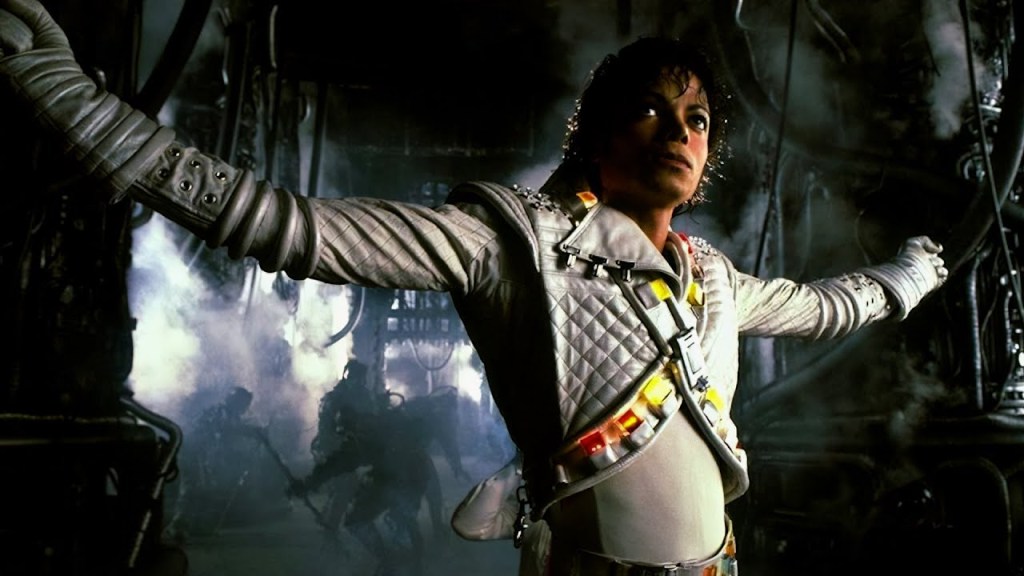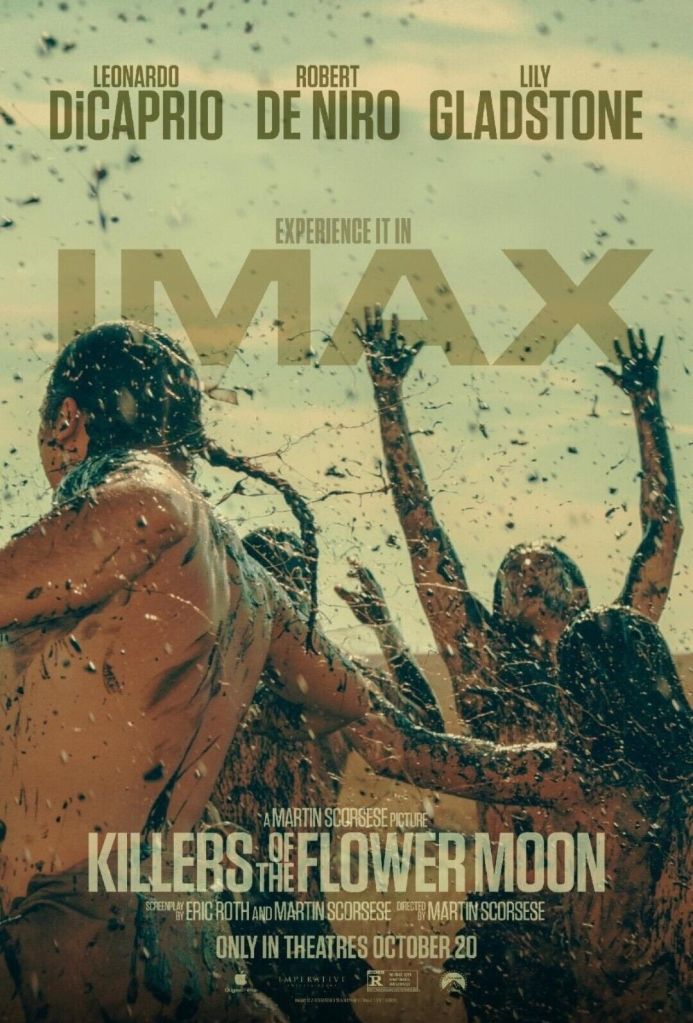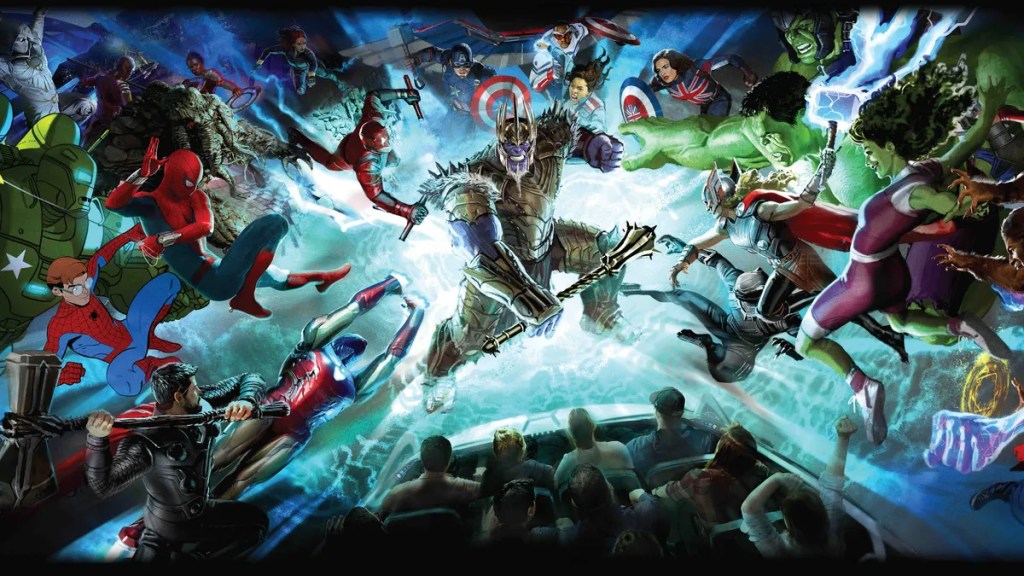Being an extremely online cinephile can feel particularly disillusioning these days. This is especially true when much of what passes for movie discourse feels like picking teams to root for and against. Am I allowed to like both The Marvels and Killers of the Flower Moon? Can Martin Scorsese be somewhere in between completely right and utterly wrong?
Scorsese is one of the world’s most knowledgeable cinephiles. Whether or not his own movies stay on theme, his tastes and the works he champions encompass a wide variety of topics and styles. So when he dismisses an entire subgenre that’s very meaningful to people who love going to movies, it hurts. Condescension from an expert draws more metaphorical blood than derision from a fool who knows nothing. It took an entire generational shift for film critics to stop rejecting action and horror movies en masse, and here’s a renowned human encyclopedia of the motion picture taking us back to that time.
Is He Talkin’ to Me?
Or is he? Let’s look at the actual quote that started the firestorm. Of Marvel movies, Scorsese said, “Honestly, the closest I can think of them, as well made as they are, with actors doing the best they can under the circumstances, is theme parks. It isn’t the cinema of human beings trying to convey emotional, psychological experiences to another human being.”
Most people read that as a diss of Marvel. But let’s look at it from a new angle: is it fair to say theme park attractions can’t be cinema?

That question may initially seem absurd. Obviously, classic theme park rides like bumper cars, wooden roller coasters, and the Gravitron aren’t cinema at all. But starting at least as far back as Disneyland’s Star Tours and Captain Eo, presentations that blur the line have become a lot more common.
Nobody could legitimately argue that Captain Eo, starring Michael Jackson and directed by Francis Ford Coppola, isn’t cinema. Yet as presented at EPCOT, it also included live laser and mist effects, which made it more of a theme park ride. This could be compared to the horror movies of William Castle, who rigged theater seats with electric buzzers for The Tingler, and had a skeleton hover above the audience in House on Haunted Hill. Now favorites of TV horror host Svengoolie, these Vincent Price vehicles may not be high art, but they certainly are cinema.
The Sideshow Bob
But let’s go further back than that, to the origins of cinema itself. Early films and their precursors were often seen first at World’s Fairs, side-by-side with theme park rides. The well-known early Lumiere brothers short, Train Pulling Into a Station, may or may not have actually caused audiences to run away and scream in terror. But was the intended effect — especially when the brothers converted it to 3D years later — significantly different than that of Star Tours, which seeks to immerse the rider in a Star Wars film by combining filmed footage with motion simulators? One notable fan of the Lumieres’ work was magician Georges Melies, who essentially invented the special-effects movie, to which the Marvel films more or less owe a cinematic lineage. Scorsese obviously knows about Melies, as he made the movie Hugo about him…and in 3D, no less.
No less an authority on movies than James Cameron considers at least one theme park ride to be a true movie sequel. Of Universal Studios’ Terminator 2 3D: Battle Across Time, he said, “They’ll go in thinking it’s just some gimmick and they’ll see that it’s actually a continuation of the storyline; it’s almost like a third Terminator film. It’s just that you can’t go to see it at any theater in your neighborhood, there’s only one, or hopefully two, theaters in the world that you can go to see the next Terminator movie in.”
IMAX Headroom
T2 3D wasn’t just a movie, of course, as it included live theater and stunt elements. But that doesn’t disqualify it from being cinema; Guy Maddin’s 2006 film Brand Upon the Brain! featured a live orchestra, narrator, and Foley effects in its preferred presentation, though a no-frills version was made available for less equipped theaters, and a roadshow version with different live, celebrity narrators did a more limited tour. Few would deny Maddin’s films are cinema.
More recently, James Gunn directed the cinematic segments for Guardians of the Galaxy: Mission Breakout at Disney’s California Adventure. While not as emotional and psychological as the third movie in that trilogy, those scenes are no less cinematic than the Disney+ I Am Groot shorts.

And then there’s IMAX, which began — again — at a world’s fair. Further, it was treated during its early existence as a sort of sideshow attraction at science museums, promoted as a gimmick that would make audiences feel a sense of motion while watching documentary shorts that depicted grand-scale vistas or rocket launches. An intent, we might say, not dissimilar to Star Tours. Only in the 2000s did IMAX movies start getting regularly reviewed in the newspapers, and nowadays most major blockbusters include scenes specifically shot for the format. Indeed, Scorsese’s own Killers of the Flower Moon can be watched that way.
Ride the Movies
If Martin Scorsese, or anybody else, believes that Iron Man’s self-sacrifice in Avengers: Endgame, or Rocket’s pals being massacred in Guardians of the Galaxy Vol. 3, or the inspiration under-represented kids got from seeing T’challa and Shang-Chi on the big screen doesn’t count as “human beings trying to convey emotional, psychological experiences to another human being,” that’s a difference of opinion.
When it comes to theme parks and cinema, however, the two are not only objectively linked, and entangled, but in a way, they always have been.

![T2-3D: Battle Across Time (1996) REMASTERED Complete Show [4K AI UPSCALED | DOLBY 5.1 AUDIO]](https://i.ytimg.com/vi/aeXd9fFtBW8/hqdefault.jpg)



